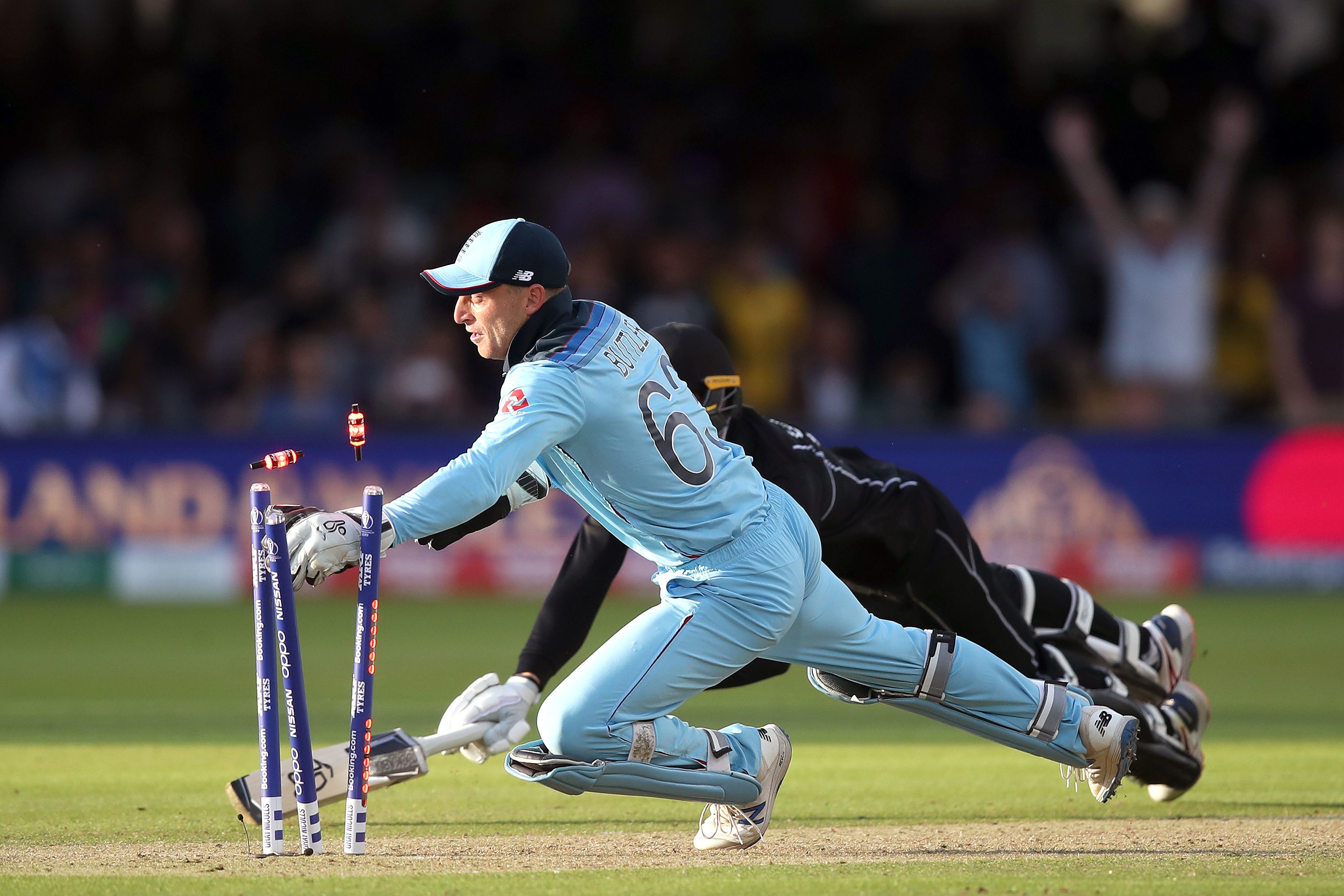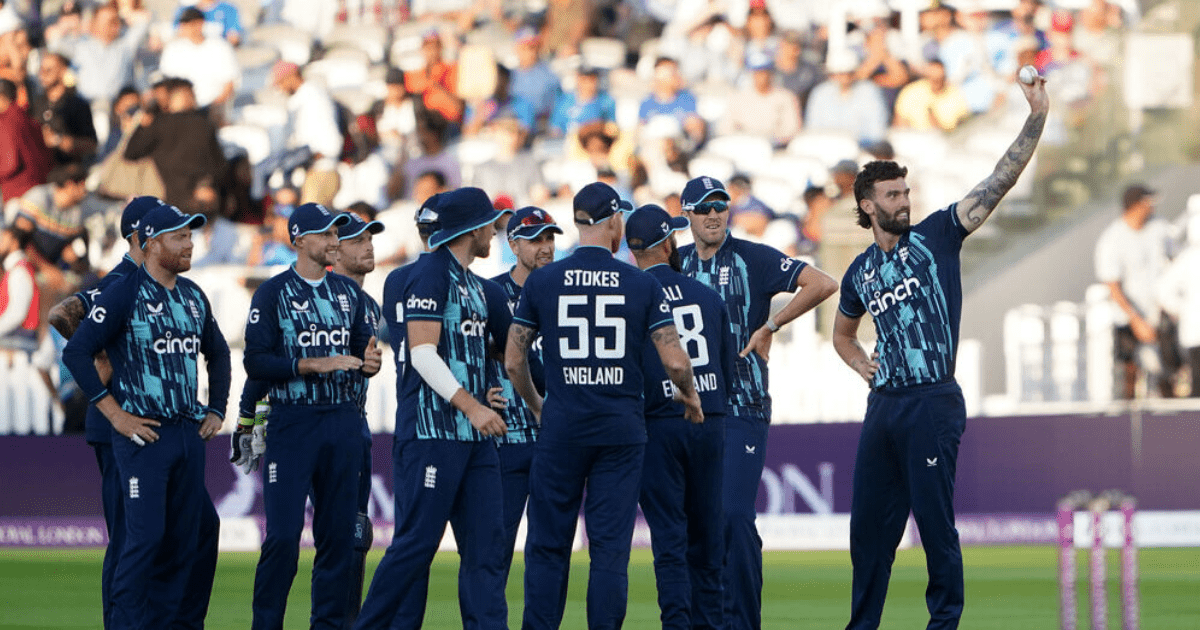YOU can often be watching cricket and hearing terms like ‘silly point’, ‘slip’ and ‘fine leg’ but what do they all mean?
These weird and wonderful fielding position names can be a source of confusion for cricket viewers but we can explain everything.
England are one of the most agile teams in the field
What is the off side and leg side?
The first thing you need to know to understand cricket fielding positions is what the difference is between the off side and the leg side.
Simply put, the off side is the side to the right of a right-handed batter and the left of a left-handed batter.
The leg side is the opposite, so to the left of a right-handed batter and to the right of a left-handed batter.
The words off and leg are often used at the start of a fielding position which hints at the side of the wicket the fielder will be standing.
Most common cricket fielding positions
- Slip – Slips stand next to the wicket-keeper and are generally placed in an arc formation – you’ll see more of these in Test cricket.
- Fly Slip – A fly slip is a slip that is further away from the wicket usually about halfway towards the boundary rope.
- Gully – A gully is close to the slips but is located just behind the line of the wicket on the off side to snap up thick edge opportunities.
- Third Man – A third man will either be deep or short. They are usually behind slips and it is a common position in one-day cricket.
- Point – A point fielder is square of the wicket on the off side.
- Sweeper – This is a modern position and typically refers to a point fielder who is near the boundary and sweeps up aggressive shots.
- Long Stop – You don’t see this very often and is a fielder situated on the boundary directly behind the wicket-keeper.
- Deep Mid Wicket – Also known as Cow Corner. Located on the boundary on the leg side and usually very involved in the game.
- Cover – On the off side between point and mid-off and can save crucial runs in an innings.
- Cover Point – Between point and cover and is usually used in combination with a cover.
- Extra Cover – On the off side between the cover and mid-off positions.
- Mid Off – A relatively straight position, close to the bowler on the off side, crucial for stopping straight drives.
There are countless cricket fielding positions to choose from
- Mid On – Similar to a mid-off but on the leg side.
- Mid Wicket – At the halfway point between the bowler and the wicket-keeper on the leg side.
- Square Leg – At a position square to the wicket on the leg side, usually near to the square leg umpire.
- Backward Square – Just behind the square position on the leg side, usually used deeper.
- Leg Gully – A catching position on the leg side, opposite to a traditional gully, rarely used.
- Leg Slip – Closer to the wicket keeper on the leg side, opposite to a traditional slip, rarely used.
- Fine Leg – At a 45-degree angle between the square leg position and the wicket-keeper on the leg side
- Long Leg – Similar to fine leg, long leg will be placed on the boundary.
- Long Off – The deeper version of a Mid Off and placed on the boundary.
- Long On – The deeper version of a Mid On and placed on the boundary.
- Short Leg – A close catching position, just in front of square on the leg side.
- Silly Point – A close catching position, just in front of square on the off side.
What are the fielding rules and restrictions?
Tests
Only two fielders are allowed in the quadrant between the fielding positions of square leg and long stop – this is the same in all forms of cricket.
Other than that there are no other restrictions for fielding in Test matches.
 Jos Buttler breaks the stumps to seal England’s cricket World Cup win
Jos Buttler breaks the stumps to seal England’s cricket World Cup win
One-Day Internationals
The first Powerplay for the opening 10 overs allows just two fielders outside the 30-yard circle and two fielders must be inside the 15-yard line separate from the wicket-keeper.
Between overs 11 and 40, up to four fielders are allowed outside the circle.
In the final Powerplay for the last 10 overs, you can have up to five fielders beyond the 30-yard line, making it harder for batters to hit boundaries and score big runs.
T20s
There is one Powerplay of six overs at the start of the innings with only two fielders allowed outside of the 30-yard circle.
Two fielders must also be inside the 15-yard line.
Outside of the Powerplay, there are a maximum of four fielders allowed to be outside of the 30-yard circle.

